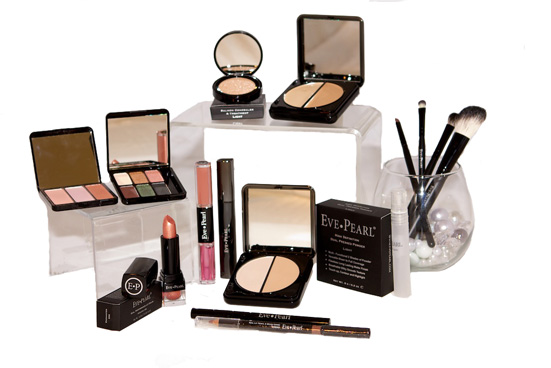Difference Between Arts and Crafts
Arts and crafts are usually referred to as creative activities but in some art circles, there is a notable difference between the two terms. This difference arises from the traditions of European art history dating back hundreds of years. However, as the attitudes towards these two creative endeavors change, the gap between the two of them narrows.
The
distinction between art and craft extends back several centuries to the 16th
century. With the establishment of English, French and Italian art academies, the
distinction between craft and art has also arrived. Craft, according to the
rules set forth by these institutions, indicated an object that was made to be
functional and decorative. Fine art, which includes painted portraits and
sculptures of the human figure, was not useful, but rather made for beauty and
visual consumption only.
Ceramic
pottery, glass, fiber, metal works and jewelry have been traditionally called
crafts because of their utilitarian purposes and qualities. New graphic forms
like graphic and package design, posters, logos, industrial design, web design
and urban design would fall into this category as well. The distinction between
these types of crafts and fine arts has become vaguer over the course of time.
The differences
between fine art and functional objects discover its roots in the historical
and cultural contexts in which these works were created. Before 16th century
artists created a distinction between the two, society held artists in very
little esteem. For example, in ancient Greece, the seed civilization for all of
Western art, Greek philosophers said that craftspeople fell in the social order
somewhere between artists and philosophers. The implication was that crafts and
therefore craftspeople were useful. Artists were not.
Crafts were
traditionally about using a handmade process to achieve an end result, usually
something practical, like a rug or chair or clothing. Not to say that these items couldn’t also be
decorative, but the main aim was function.
Contemporary crafts are less about practicality and function, and
generally something a crafter chooses to do because they enjoy the crafting
process itself. It’s a leisure activity
rather than a means to an end.
Art, in both
traditional and contemporary terms, is more about aesthetics rather than
function. Whether the artist consciously
or subconsciously has ‘something to say’, it is there within the finished
piece. A new wave of contemporary
artists are using or adapting traditional craft techniques in the process of
creating artwork; but in these terms the craft has become art because of the
intentions of the creator — to whom crafting is simply another medium, in the
same way they might apply paint to canvas.
Art and
craft can both be executed well or badly or with mediocrity. A design might be successful or sloppy. The skill level of the creator raises the
levels of artistry inherent in a piece, but ‘bad art’ is still art, just as
ill-performed music is still music. An
artist uses craft techniques as a medium, and this is true of any crafter. If you create your own unique designs, you
are an artist whose medium happens to be a particular craft.











